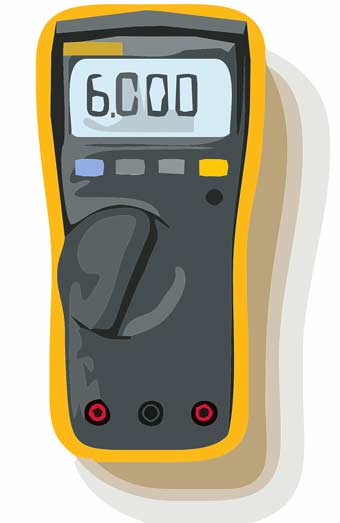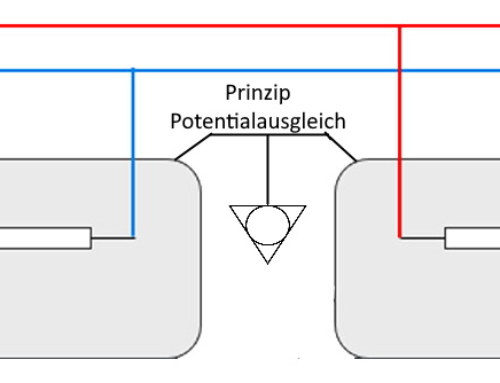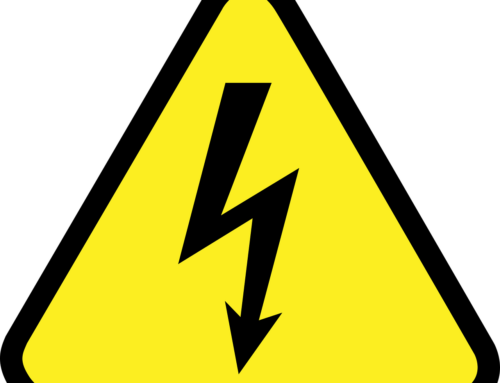Two weeks ago, we wrote about the high-voltage definition and also noted that there are vehicles that run electrically at low voltages.
We also like to consider such a case in the (ev) high voltage training on FfHV. In fact, theoretically, you can design an electric motor of any power for any voltage. Since 48 V drives are also available, they could theoretically be used for the large vehicles as well.
This is true, but the power is not only composed of the voltage but also of the current. Power is voltage times current (P = U * I). So if I want high power, I can choose to go to high voltages and low currents, low voltages and high currents, or a mixed variable.
High voltages are more dangerous, but technically lines themselves can only carry a limited amount of current. With a 48 kW electric motor, you would have to let a current of no less than 4000 A flow at 12 V, and at 48 V it would still be 1000 A. At 480 V it is still 100 A, but you can work more practically with it. For comparison, the normal socket with 230 V voltage is fused with a maximum of 16 A fuses. So if we don’t want to exclusively install drainpipe-thick power lines in the vehicle (which would not be possible in terms of space, implementation, weight or practicality) there is no way around using (ev) high voltage technology.
Conclusion: At higher voltages, we can work with lower currents and thus thinner lines and at the same time significantly lower line losses.










Leave A Comment